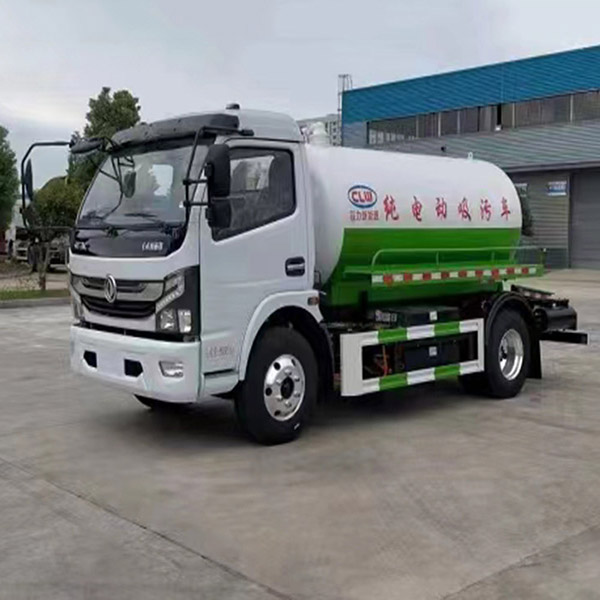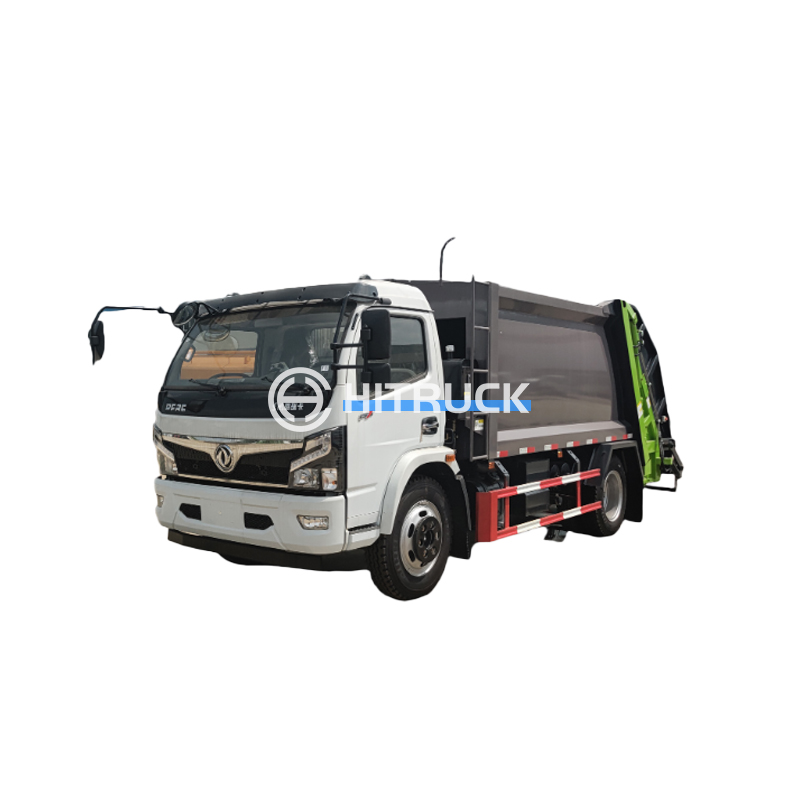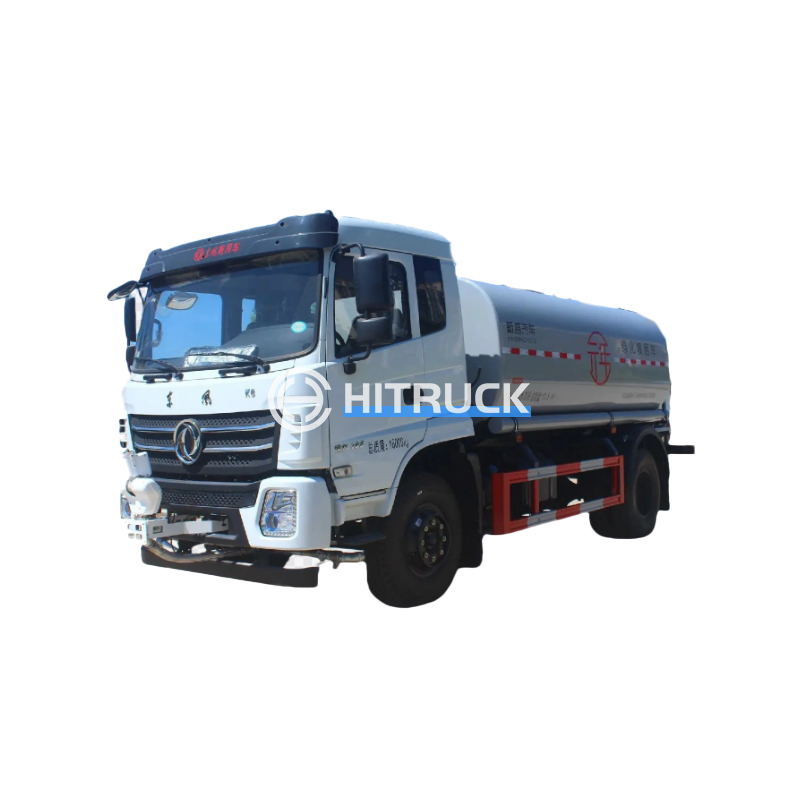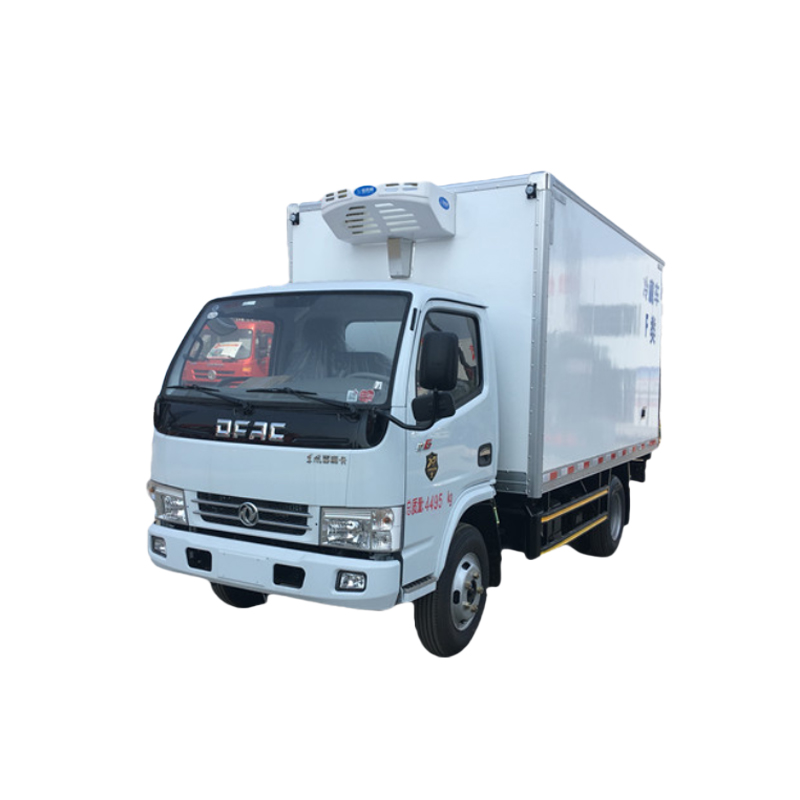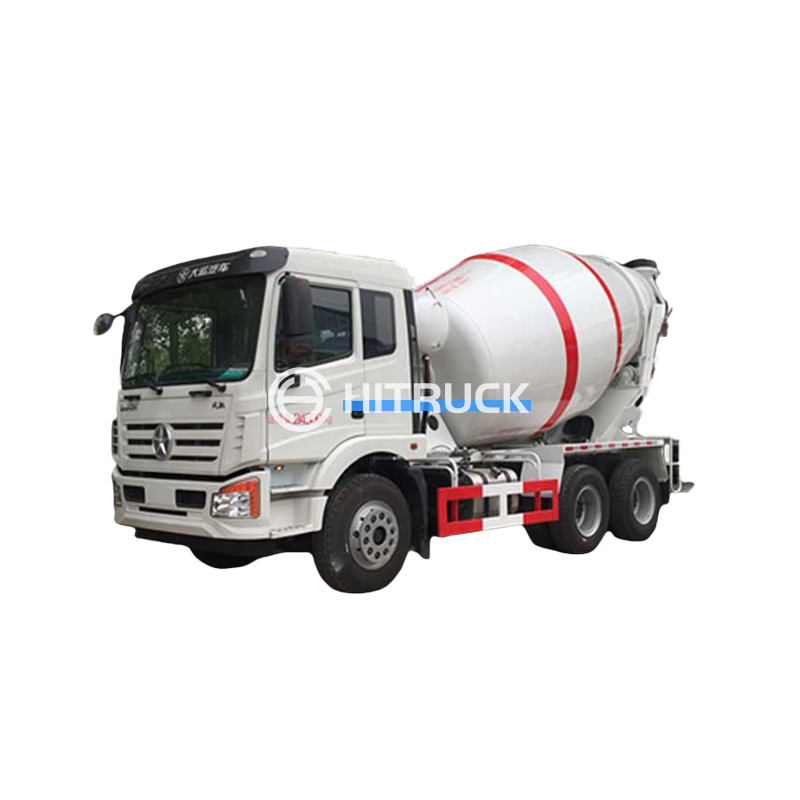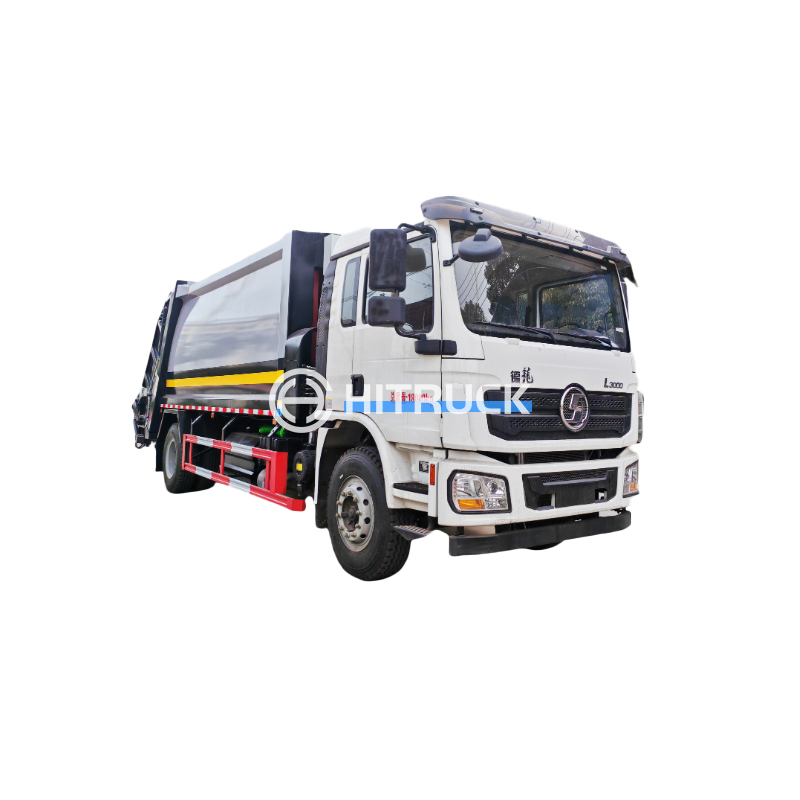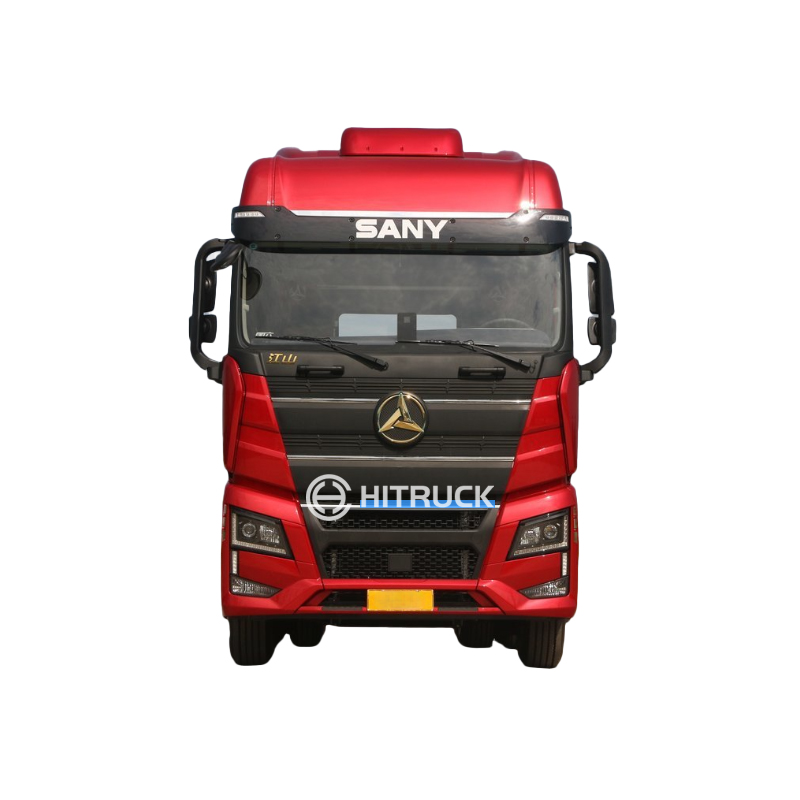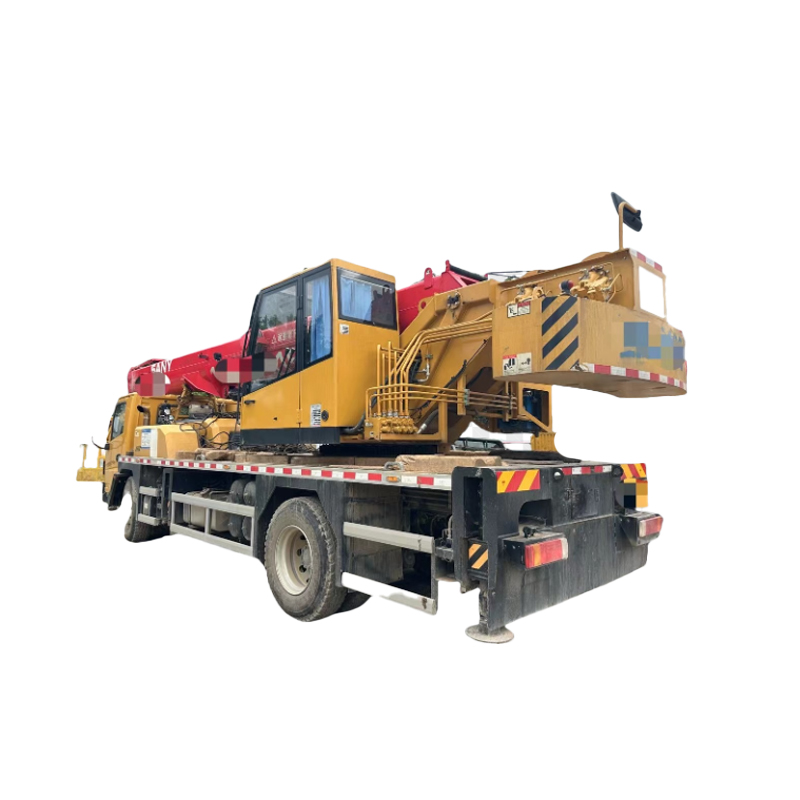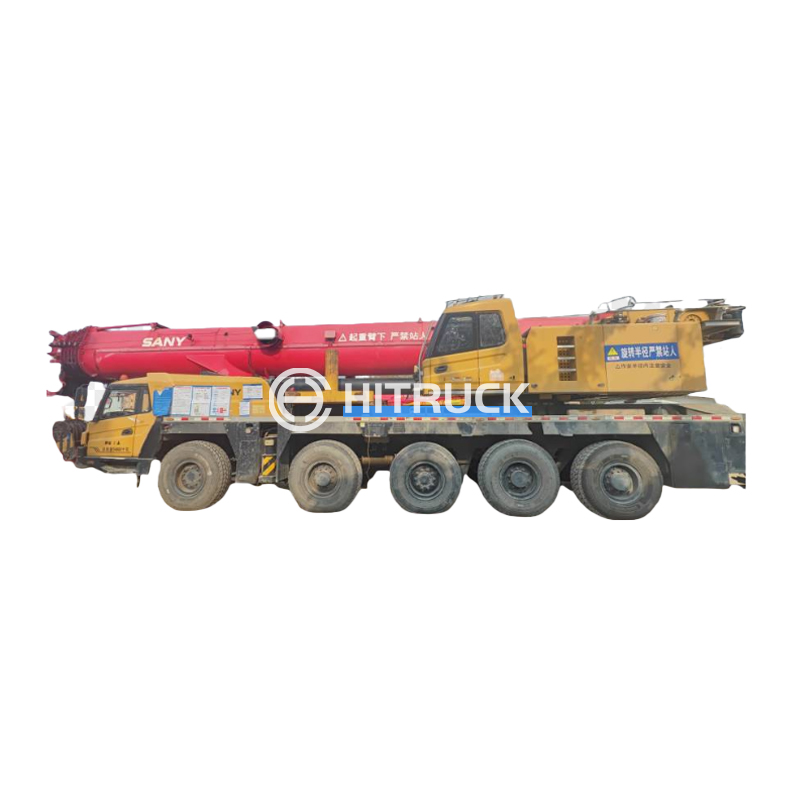This guide provides a comprehensive overview of explosion proof overhead cranes, covering their design, applications, safety features, and selection considerations. Learn about different types, regulations, and best practices for ensuring safe and efficient operation in hazardous environments. We'll explore key factors to consider when choosing a crane for your specific needs and delve into the critical role they play in various industries.
Explosion proof overhead cranes are specifically designed for use in hazardous locations where flammable gases, vapors, or dusts are present. These cranes incorporate features to prevent the ignition of these materials, minimizing the risk of explosions or fires. This is crucial in industries like oil and gas, chemical processing, and mining, where the potential for catastrophic events is high. The design incorporates robust safety features to withstand potential explosions and maintain structural integrity.
Several key components contribute to the explosion-proof nature of these cranes. These often include:
Choosing the right explosion proof overhead crane depends on the specific hazardous environment classification (e.g., Class I, Division 1; Class II, Division 2), as defined by relevant safety standards. This classification dictates the level of protection required.
Explosion proof overhead cranes are available in both single and double girder configurations. Single girder cranes are typically used for lighter loads and smaller spans, while double girder cranes are better suited for heavier loads and wider spans. The choice depends on the specific lifting requirements of your application.
These cranes can be powered by electric motors, pneumatic systems, or hydraulic systems. Electric motors are common, but the type of motor and its protection level must align with the hazardous area classification. Pneumatic and hydraulic systems offer advantages in certain environments, but require careful consideration of potential ignition sources.
The operation of explosion proof overhead cranes is subject to stringent safety regulations and standards. Compliance with these regulations is paramount for ensuring safe operation. Key standards and regulations include (but are not limited to):
Regular inspections and maintenance are essential for maintaining compliance and ensuring the continued safe operation of the crane. Failure to comply with these standards can lead to serious consequences.
Choosing the appropriate explosion proof overhead crane involves considering several crucial factors:
| Factor | Considerations |
|---|---|
| Lifting Capacity | Maximum weight to be lifted. |
| Span | Distance between crane runways. |
| Hazardous Area Classification | Specific environment classification (e.g., Class I, Division 1). |
| Duty Cycle | Frequency and duration of operation. |
| Power Source | Electric, pneumatic, or hydraulic. |
Working with experienced crane suppliers is crucial to ensure the correct crane is selected for your specific application and hazardous area classification. Suizhou Haicang Automobile sales Co., LTD can offer valuable expertise in this area.
Regular maintenance and inspection are vital for the safe and reliable operation of any explosion proof overhead crane. A comprehensive maintenance schedule should include:
Proactive maintenance can prevent costly downtime and ensure the continued safety of personnel and equipment.
Remember, safety is paramount when operating equipment in hazardous environments. Always consult with relevant safety professionals and adhere to all applicable regulations.

